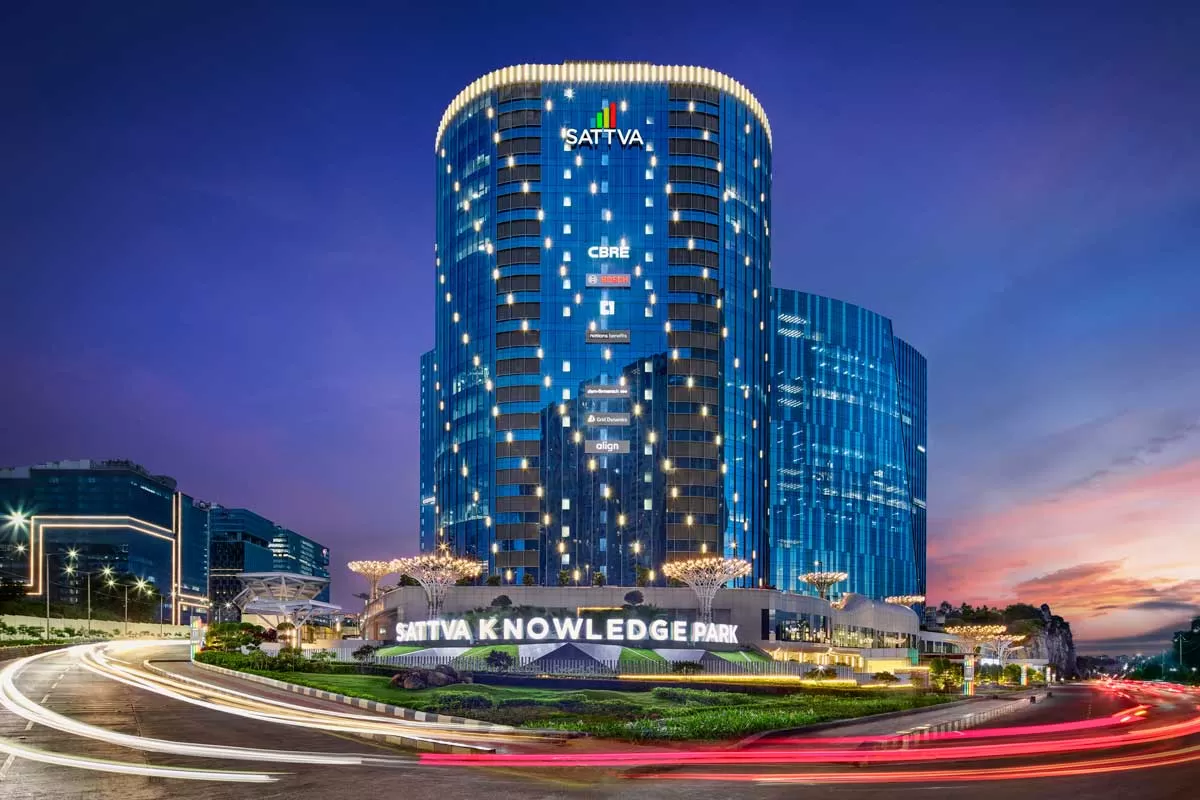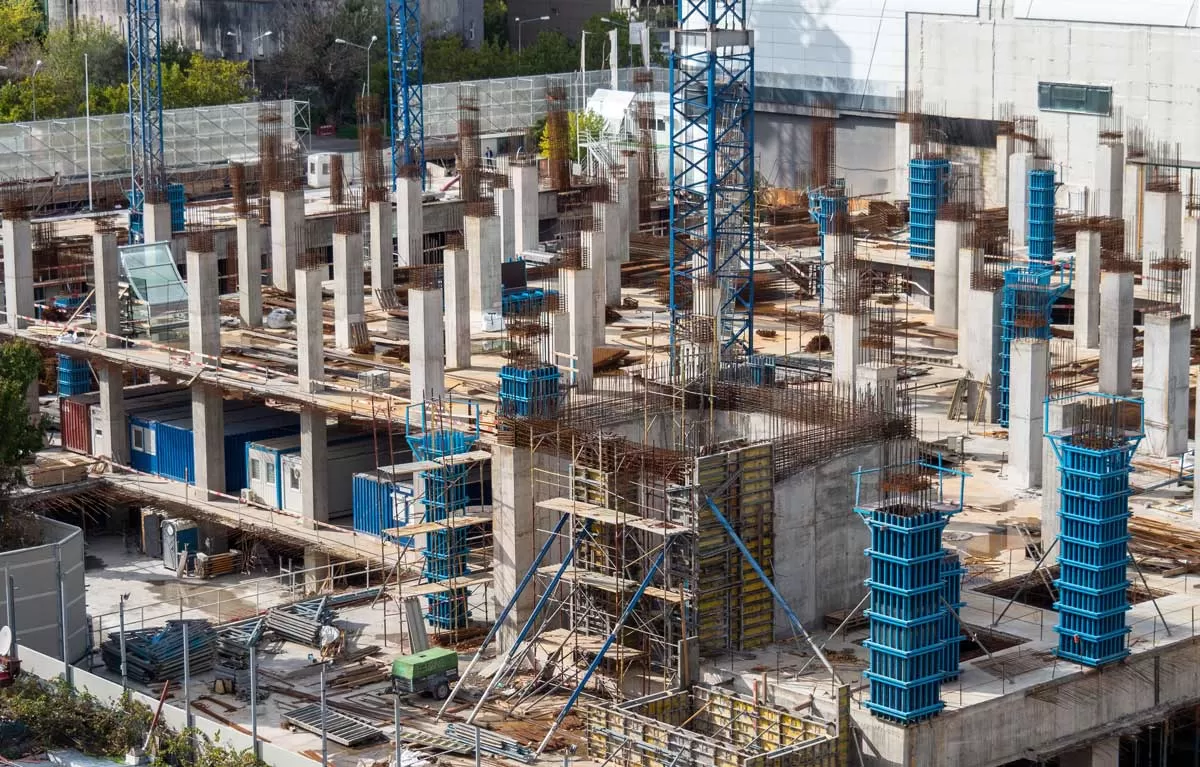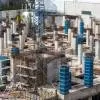The
Budget has not achieved the objective it was due to accomplish in toto. It does not lay a long-term vision for growth. It also fails to simplify taxation. It has fallen into the trap of releasing a remix instead of a fresh new melody.
The FM could have laid down the crisis we are in so that the action she is taking to rescue the economy is well directed in context. However, she chose to gloss over the crisis and, therefore, all the actions proposed are either too feeble in relation to the magnitude of the crisis or not serving the purpose barring a few sparks of brilliance.
Now, let’s look at the problems and how the Budget has tried to address them.
Problem 1: Demand is subdued and needs to be invigorated
Budget solution: New tax slabs with lower tax rates but without exemptions
Outcome: Weighing between the new scheme and the old, taxpayers may prefer to remain under the old scheme. On the face of it, there does not seem to be a feeling that more money has been left in the hands of taxpayers. Even foregoing dividend distribution tax revenue of Rs 250 billion by exempting companies paying it will set taxpayers back as they need to bear tax at the slabs applicable, resulting in lower dividend income in their hands. Long-term capital gains tax could have been removed. Some existing exemptions have been extended for another year, which is positive. That said, the tax process seems to be more complicated instead of becoming simpler.
Problem 2: The Government needs to enhance revenue to meet its expenditure
Budget solution: Divestment with LIC, BPCL, Concor & Air India, telecom spectrum and 5G receipts, tax receipts
Outcome: Last year, as in all previous years, the divestment target has been missed. BPCL, Concor and now Air India seem to be ready and need to be offloaded briskly. LIC may see deferment with the kind of disclosure and formalities required. But public-sector banks, the cause of a constant drain with huge NPAs, can be the best source of divestment proceeds. They can build economic value but are not part of the revenue plan. If HDFC Bank is more valuable than all public-sector banks put together, doesn’t it tell us something?
Problem 3 – Spending on infrastructure to boost the economy (Funding the National Infrastructure Pipeline of Rs 103 trillion)
Budget Solution – Allocation of Rs 1.75 trillion for transport infrastructure. Allowing FPIs to invest in corporate bond markets at higher limits now at 15% and allowing sovereign funds investment into infrastructure with 100% tax exemption are positive moves. Expectations from 5G receipts are illusory currently while an improvement in tax revenues will only follow, after the economy is enthused sufficiently.
Problem 4 – Ease conflict and reduce the burden of cases on taxation
Budget Solution - The Sabka Vishwas scheme which paved the way for resolution of disputes in taxes has managed to bring in tax collections of Rs 390 billion against the total figure in disputes of Rs 3.75 trillion meaning 10% although 1,90,000 applicants have secured their peace through this process. In 7,100 such cases, a total tax amount of Rs.1.7 trillion is under litigation which has not taken this route.
Outcome - So, since in effect only 10% cases have seen resolution, this cannot be termed a success as being voiced by newspapers. But it definitely indicates that the opportunity to resolve can bring in revenue if the terms are persuasive. One weakness of this scheme is asking for the entire disputed amount to be deposited before seeking resolution. If an assessee is disputing the amount obviously he will not put up the entire amount of dispute as a deposit. This works in electricity and telephone which are basic services and involve no grey areas of interpretation but in issues of taxes there is always room for flawed interpretation. I believe that if the ask is reduced to 50% of the disputed amount, there will be a big sway in favour of this scheme. Releasing disputed amounts is the lowest hanging fruit to perk up the economy. Similarly fulfilling timely refunds will instil trust and confidence.
Problem 5 – India to be a progressive destination for start-ups and technology
Budget Solution - Smart Cities Mission has received the same budget allocation at Rs 64.5 billion (Smart Cities Mission plus AMRUT = Rs 137.50 billion plus Rs 23 billion for Swachh Bharat) and has been awarded the task of selecting five more smart cities. Bharatnet has received Rs 60 billion to spur its internet linkage to 100,000-gram panchayats. Data Centre Parks policy akin to the IT Parks policy could kickstart some activity in the real estate sector.
Allocation Rs 80 billion for a National Mission on Quantum Technologies is to put India in the reckoning for futuristic technologies. Even the start-ups have been addressed by easing up compliance and taxation. The FM’s budgetary allocation of Rs 220 billion for power renewable energy and her intention of replacing conventional electricity meters with prepaid smart meters in three years, with the aim of cutting distribution losses is one of the instances where she showed some sparks of brilliance.
Problem 6 – India’s poor performance in exports
Budget Solution – Launch of NIRVIK scheme to facilitate faster processing insurance claims at lower premium for exporters. Announcement of a new Logistics Policy.
Outcome - Our miserable performance in exports has been provided minimal attention even though our Economic Survey advises that our manufacturing SMEs have a lot to offer in the export market given the right kind of support. Out of 80 million SMEs only 1,39,000 SMEs currently export and contribute to 48% of the exports of manufactured output. With China facing headwinds, it is India’s opportunity to escalate the effort towards international trade, yet this has remained unattended to. The FM has announced that ‘institutional mechanisms are being created to develop each district as an export hub’. This large-scale sprawl of institutional red tape may once again not offer agility. Just like the Software industry at one point in time was given a slew of incentives to thrive and compete, this is a time to select some half a dozen industries and provide incentives so that they can become chart busters in the future and can leverage our economic advantages. This is the kind of vision that needs to be pursued at a macro level.
Other measures - Agriculture, warehousing and logistics, start-ups, solar, blue economy, education, etc, have been attended to positively but such announcements finally generate an outcome on the basis of implementation and, therefore, offer no immediate solution. Our miserable performance in exports has been provided minimal attention even though our Economic Survey advises that our manufacturing SMEs have a lot to offer in the export market given the right kind of support. Out of 80 million SMEs, only 1,39,000 currently export and contribute to 48 per cent of the exports of manufactured output. With China facing headwinds, it is India’s opportunity to escalate the effort towards international trade; yet, this has remained unattended. Just like the software industry at one point in time was given a slew of incentives to thrive and compete, this is a time to select some half-a-dozen industries and provide incentives so they can become chartbusters in future and leverage our economic advantages. This is the kind of vision that needs to be pursued at a macro level.
Without much ado, the FM must course-correct and not wait for the damage to linger. The Budget needs to be revised on all such issues where sentiment has been hurt.
About the Author:
Pratap Padode, Editor-in-Chief, CONSTRUCTION WORLD and President, FIRST-Foundation of Infrastructure Research Studies Training, is a chartered accountant by qualification. His research encompasses construction, infrastructure, real estate, economy and finance sectors. He was bestowed with an award for his research in the construction sector by CIDC Vishwakarma in 2010.

















